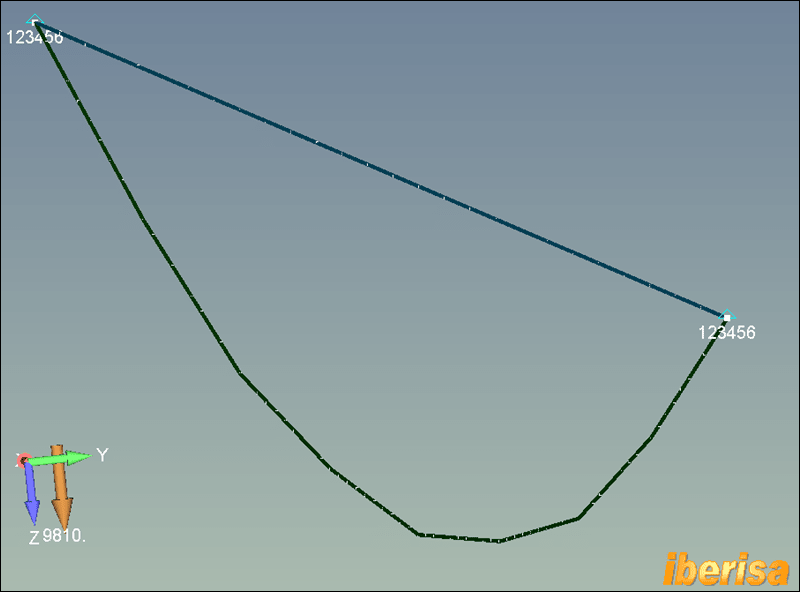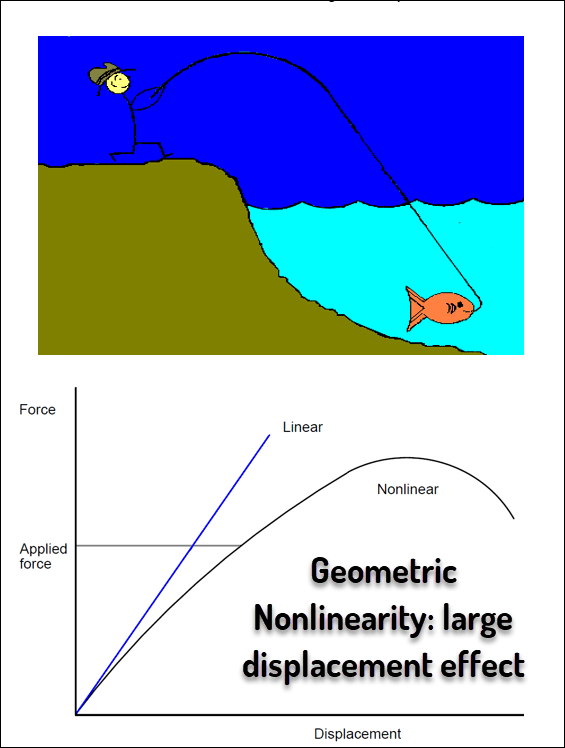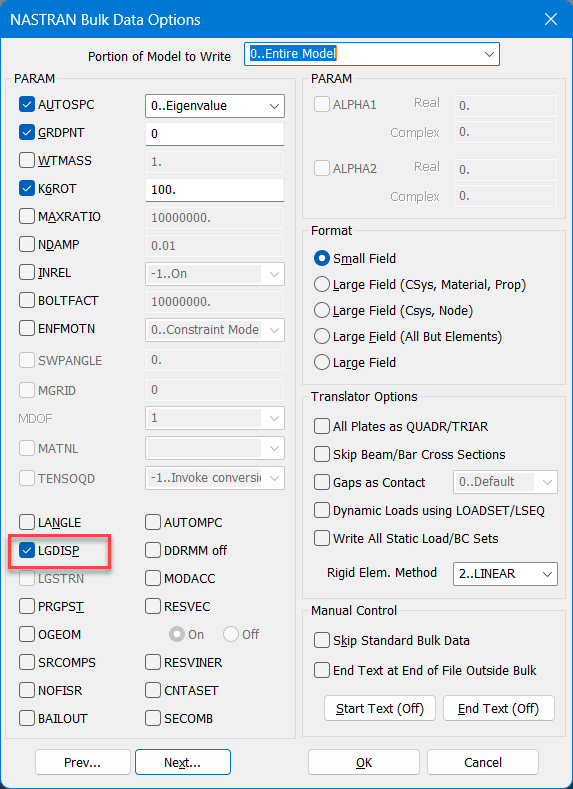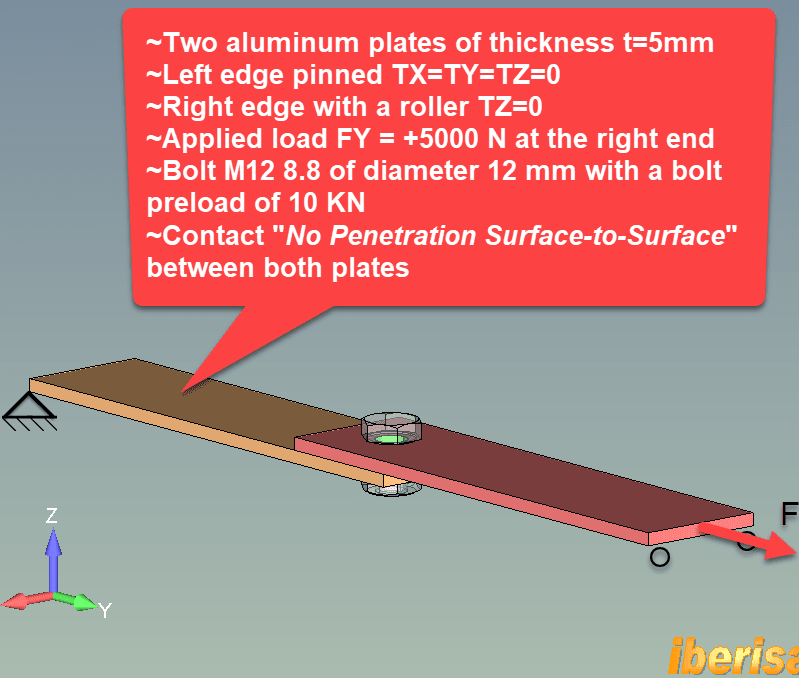Hi, I am trying to model a beam that has an initially curved shape. When I apply body force in direction perpendicular to the beam, it deforms unusually. Can anyone point to why it is happening and how to fix it?
In the attached image, the white curve is the undeformed shape while the colored curve is the deformed shape. 1g body force is applied in +Z direction. As a comparison a straight beam with the same properties and loading is shown which bends in the normal way.
Many Thanks!
In the attached image, the white curve is the undeformed shape while the colored curve is the deformed shape. 1g body force is applied in +Z direction. As a comparison a straight beam with the same properties and loading is shown which bends in the normal way.
Many Thanks!




